Take your supplements with


Dulaglutide vs Semaglutide: Key Differences & Which to Choose in 2025 (Comparison)
Finding the right GLP-1 medication often depends on access, cost, and how well each option aligns with your health goals.
Dulaglutide (Trulicity) and semaglutide (Ozempic or Wegovy) are both common choices for managing diabetes and supporting weight loss.
However, insurance coverage and out-of-pocket costs can differ widely. So the decision isn’t about which drug is “better,” but which one offers the right balance of results, tolerability, and affordability.
This guide compares dulaglutide vs semaglutide weight loss, cost, side effects, and mechanism, giving you a clear look at what matters most when making a choice.
What is Dulaglutide?
Dulaglutide (brand name Trulicity) is an injectable GLP-1 receptor agonist approved by the FDA for type 2 diabetes. It mimics the natural hormone GLP-1 to help manage blood sugar and promote modest weight loss.
How It Works
Dulaglutide works by binding to GLP-1 receptors in the pancreas to increase insulin secretion, reduce glucagon levels, and slow digestion. This delay in gastric emptying helps you feel fuller longer, which supports mild weight reduction.
In short, dulaglutide’s mechanism targets glucose control first and weight loss second.
What is Semaglutide?
Semaglutide is a peptide similar to the hormone glucagon-like peptide-1 (GLP-1), modified with a side chain to increase its duration of action.
It's available as Ozempic (injectable for diabetes), Wegovy (injectable for weight management), and Rybelsus (oral tablet for diabetes).
How It Works
Semaglutide works like a natural hormone in your body called GLP-1. It helps regulate blood sugar, supports insulin release, slows digestion, and reduces appetite.
What makes it different from dulaglutide is how long it stays active in your body. Its unique structure helps it break down more slowly, keeping its effects steady for several days.
Because of this longer activity, semaglutide only needs to be taken once a week, helping maintain stable blood sugar and consistent appetite control.
With IvyRx, you can access personalized GLP-1 injections treatment that tailors your required dosage and is convenient for home delivery.
Comparing Dulaglutide and Semaglutide at a Glance

Both medications belong to the GLP-1 receptor agonist class, which helps control blood sugar and supports weight management. Where they differ is in how they’re formulated and used.
Dulaglutide (Trulicity) is a once-weekly injectable designed primarily for type 2 diabetes management.
Semaglutide, by contrast, comes in three variations — Ozempic, Wegovy, and Rybelsus — each with its own dosing schedule and treatment focus, ranging from diabetes care to weight management.
Your choice often depends on your medical goals, tolerance, and insurance coverage.
How Do Dulaglutide and Semaglutide Help Weight Loss & Diabetes Management?
Both medications work through similar mechanisms but with different potencies.
Dulaglutide
A controlled study reveals that dulaglutide is an effective once-weekly GLP-1 medication for type 2 diabetes.
Blood Sugar Control:
Standard doses (0.75 -1.5 mg) reduced HbA1c by approximately 1.1 - 1.4%. Higher doses (3.0 - 4.5 mg) approved in 2020 achieved reductions closer to 1.5%, matching results seen with competing medications.
Weight Loss:
Patients lost 5-7 pounds on average over 40 weeks. While meaningful, this represents moderate weight reduction compared to newer, higher-potency options.
The Bottom Line:
Dulaglutide effectively manages blood sugar with lower hypoglycemia risk due to its glucose-dependent action. It's a solid choice if blood sugar control is your primary goal and weight loss is secondary.
Semaglutide
Research showed that semaglutide is superior to dulaglutide in improving glycaemic control and reducing bodyweight, enabling a significantly greater number of patients with type 2 diabetes.
Blood Sugar Control:
Semaglutide lowered HbA1c by 1.5-1.8% compared to dulaglutide's 1.1-1.4%. That extra 0.4% reduction can mean the difference between needing additional medications or not.
Weight Loss:
The difference was more dramatic. Semaglutide users lost 10-14 pounds while dulaglutide users lost 5-7 pounds over 40 weeks, roughly double the weight loss.
The Bottom Line: The meta-analysis of 1,885 patients confirmed that both medications work equally well for blood sugar control, but semaglutide delivers significantly better weight loss results.
If weight loss is your priority, semaglutide is a preferred option.
Get Access to personalized GLP-1 Injections today with Ivy.
Dosage Comparison Between Dulaglutide and Semaglutide
Dosing schedules differ significantly between these medications.
The 0.25 mg weekly dose of semaglutide is considered an initiation dose and not effective for appropriate glycemic control, requiring escalation after 4 weeks.
Meanwhile, dulaglutide offers more flexibility with recommended doses of 0.75 mg weekly, which can be increased up to 1.5 mg weekly. Higher doses of 3.0 mg and 4.5 mg are available for those requiring additional glucose control.
Read our complete guide on semaglutide dosage recommendations and titration schedules.
Usage Differences Between Dulaglutide and Semaglutide
While dulaglutide and semaglutide both work through the same GLP-1 receptor pathway, their forms, handling, and daily routines differ.
Below is a quick look at how dulaglutide and semaglutide compare in real-world use.
Pro tip: Following a semaglutide diet plan can enhance your results and help manage potential side effects.
Effectiveness of Dulaglutide and Semaglutide
Head-to-head trials like SUSTAIN 7 provide clear answers.
- Dulaglutide lowered HbA1c by 1.1–1.4% and reduced body weight by about 2–3 kg.
- Semaglutide achieved 1.5–1.8% HbA1c reduction and 4.6–6.5 kg weight loss over 40 weeks.
In plain terms, semaglutide delivers more substantial and more sustained effects on both blood sugar and weight reduction.
Effectiveness of Dulaglutide and Semaglutide
Clinical trials, including SUSTAIN 7, compared dulaglutide and semaglutide directly to measure their impact on blood sugar and weight.
Dulaglutide
In studies with more than 3,000 participants, dulaglutide lowered HbA1c by 1.1–1.4% and reduced body weight by about 2–3 kg over 40 weeks. It’s proven effective for diabetes management but offers modest weight-loss results.
Looking to understand how dulaglutide compares with other GLP-1 options? Explore our in-depth overview of semaglutide dosage and titration schedules to see how dosing affects results and tolerability.
Semaglutide
Semaglutide achieved 1.5 –1.8% HbA1c reductions and 4.6–6.5 kg weight loss within the same period, helping more patients reach their glucose and weight targets with similar safety.
In short, both improve diabetes control, but semaglutide’s longer activity and wider dose range can offer more consistent outcomes.
Learn how fast semaglutide works for weight loss.
Potential Side Effects of Dulaglutide and Semaglutide
Understanding dulaglutide vs semaglutide side effects helps you prepare for your treatment journey. Both medications share similar side effect profiles, though individual experiences vary.
Dulaglutide
The most common side effects of Trulicity include nausea, diarrhea, vomiting, abdominal pain, decreased appetite, indigestion, and fatigue.
Common side effects:
- Nausea (8-29% of users)
- Diarrhea (up to 13.7%)
- Vomiting (up to 11.5%)
- Abdominal pain
- Decreased appetite
- Indigestion
- Fatigue
Semaglutide
The most common side effects include nausea, vomiting, diarrhea, abdominal pain, and constipation.
Common side effects:
- Nausea (up to 20% in diabetes trials)
- Vomiting
- Diarrhea
- Abdominal pain
- Constipation
- Fatigue
- Headache
Learn about effective ways to manage these side effects to make your treatment more comfortable. Some patients also experience unexpected appetite changes. If you're wondering why you might still feel hungry on semaglutide, we cover that too.
Warnings and Precautions Before Taking These Medications
Both medications carry important safety warnings that require careful consideration.
Dulaglutide
Dulaglutide may increase the risk of developing thyroid carcinoma. However, it is not known if this increases the risk in humans.
Do not use Dulaglutide if you have:
- Personal or family history of medullary thyroid carcinoma
- Multiple Endocrine Neoplasia syndrome type 2 (MEN 2)
- Severe gastrointestinal disease
- History of pancreatitis
Semaglutide
Semaglutide may increase the risk of thyroid tumors, including medullary thyroid carcinoma (MTC). Do not use it if you or a family member has a history of MTC or MEN 2.
Do not use if you have:
- Personal or family history of MTC or MEN 2
- Severe gastroparesis
- Diabetic ketoacidosis
- Type 1 diabetes
Semaglutide therapy is associated with concerning adverse effects like acute pancreatitis, anaesthetic risks like pulmonary aspiration, and acute kidney injury.
Cost & Insurance Coverage of These Medications
Understanding dulaglutide vs semaglutide cost differences is crucial for long-term treatment planning. Medication costs represent a significant consideration for most patients.
Without Insurance:
- Dulaglutide (Trulicity): $900-$1,000 per month
- Semaglutide (Ozempic): $936-$1,349 per month
- Semaglutide (Wegovy): $1,349 per month
With Insurance: Coverage varies significantly by plan and indication. For type 2 diabetes, most commercial insurance plans and Medicare Part D plans provide coverage for Ozempic and Rybelsus, though you may still face co-pays, deductibles, and prior authorization requirements.
For weight management, coverage is far more limited, with only 1% of the ACA marketplace, according to a 2024 Kaiser Family Foundation analysis, and Medicare explicitly excludes coverage for weight loss drugs.
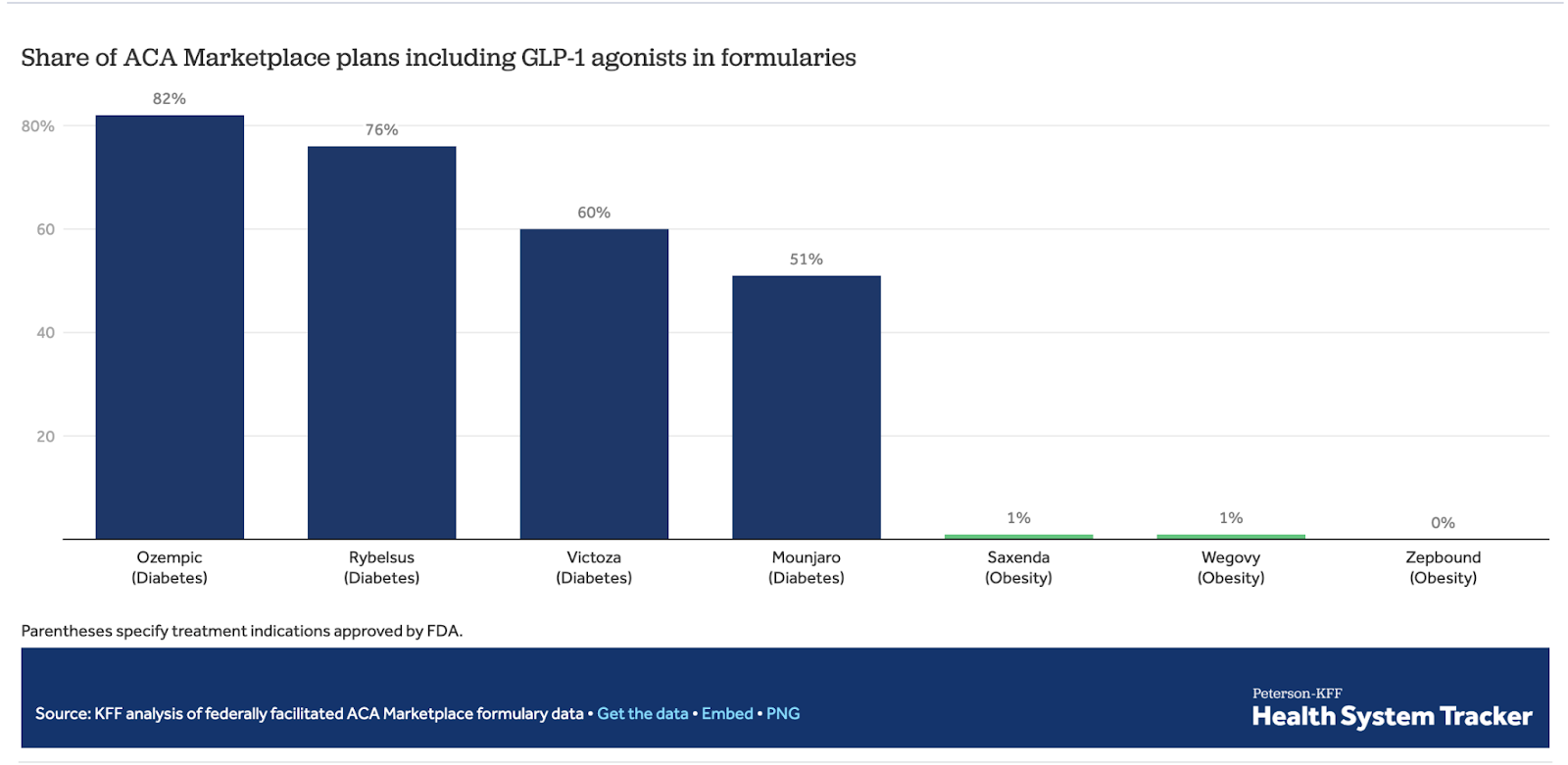
Here’s a pricing comparison table to clear things up:
Explore options for accessing semaglutide without insurance and compounded semaglutide with B12 as cost-effective alternatives that can significantly reduce your monthly expenses.
Access personalized GLP-1 injections without insurance for as little as $197 a month with Ivy.
Can I Switch Between Dulaglutide and Semaglutide?
Switching is possible — and often beneficial for patients who don’t achieve target results with dulaglutide. Studies show that patients who switch to semaglutide experience greater HbA1c reduction and additional weight loss.
When switching:
- Begin semaglutide at the 0.25 mg starting dose.
- Monitor for nausea during the first two weeks.
- Allow 4–5 weeks to reach steady blood levels.
- Track blood sugar regularly.
Dulaglutide vs Semaglutide: Complete Comparison Summary
When comparing these medications:
- Mechanism: Both act on the GLP-1 receptor, but semaglutide’s longer duration and molecular design allow more consistent results.
- Weight Loss: Semaglutide supports a greater average reduction (about 4–6 kg vs. 2–3 kg with dulaglutide).
- Side Effects: Both cause mild gastrointestinal symptoms that typically improve within weeks.
- Cost: Pricing ranges from $900–$1,400 per month, depending on insurance and savings programs.
Which Medication Is Right for You?
The choice between dulaglutide and semaglutide depends on your goals, tolerance, and treatment history.
Semaglutide may suit you if you:
- Want stronger weight-loss support.
- Need greater HbA1c reduction.
- Can manage gradual dose increases.
Dulaglutide may suit you if you:
- Prefer fewer dose adjustments.
- Have experienced nausea with other GLP-1s.
- Want a long-established option with a simple start dose.
Both share similar safety profiles, mostly mild gastrointestinal effects. Your provider will help determine which medication best aligns with your health needs and coverage.
How to Get Dulaglutide or Semaglutide
You can access GLP-1 medications through several safe and convenient channels:
- Telehealth providers: Connect with licensed clinicians online for evaluation and prescriptions.
- Primary care physicians or endocrinologists: For in-person consultations and diabetes management.
- Pharmacies and mail-order programs: For ongoing refills and medication support.
- IvyRx: Access personalized GLP-1 injections with expert guidance, discreet delivery, and free consultations.
Discover how to get semaglutide through various channels, the cost, and insurance.
Start Your Weight Loss Journey and Access Personalized GLP-1 Treatment With IvyRx Today
Choosing between dulaglutide and semaglutide is only the first step — starting treatment with the proper medical support is where progress begins.
IvyRx connects you with licensed clinicians who tailor personalized GLP-1 injections to your health goals. You’ll receive expert guidance, ongoing check-ins, and discreet home delivery — making safe, effective care easier to maintain.
Ready to begin? Start your personalized GLP-1 plan with IvyRx.

Ivy RX patients
Members of Ivy RX branded medications were paid for their testimonials.
- Fala L. Trulicity (Dulaglutide): A New GLP-1 Receptor Agonist Once-Weekly Subcutaneous Injection Approved for the Treatment of Patients with Type 2 Diabetes. Am Health Drug Benefits. 2015 Mar;8(Spec Feature):131-4. https://pmc.ncbi.nlm.nih.gov/articles/PMC4665063/.
- Kommu S, Whitfield P. Semaglutide. [Updated 2024 Feb 11]. In: StatPearls [Internet]. Treasure Island (FL): StatPearls Publishing; 2025 Jan-. Available from: https://www.ncbi.nlm.nih.gov/books/NBK603723/.
- Xia, L., Li, H., Huang, S., & Shen, L. (2025). Semaglutide vs. dulaglutide for glycemic and weight control in patients with type 2 diabetes mellitus: A systematic review and meta‑analysis. Biomedical Reports, 22, 35. https://www.spandidos-publications.com/10.3892/br.2024.1913. https://doi.org/10.3892/br.2024.1913.
- Semaglutide versus dulaglutide once weekly in patients with type 2 diabetes (SUSTAIN 7): a randomised, open-label, phase 3b trial Pratley, Richard E et al. The Lancet Diabetes & Endocrinology, Volume 6, Issue 4, 275 - 286. https://www.thelancet.com/action/showCitFormats?doi=10.1016%2FS2213-8587%2818%2930024-X&pii=S2213-8587%2818%2930024-X.
- https://www.healthsystemtracker.org/brief/insurer-strategies-to-control-costs-associated-with-weight-loss-drugs/#Share%20of%20ACA%20Marketplace%20plans%20including%20GLP-1%20agonists%20in%20formularies. Accessed on the 11th October, 2025.
Related
articles

Switching from Liraglutide to Semaglutide Safely & Effectively: Step-by-Step 2026 Guide
Thinking about switching from liraglutide to semaglutide? Learn how to transition safely, adjust dosage, and understand the benefits in our 2026 guide.

Does Medicaid Cover Ozempic & Other GLP-1’s? (2026 Guide)
Find out when Medicaid will cover Ozempic: for type 2 diabetes, cardiovascular risk, or off-label weight loss, and what to check in your state.
.jpg)
GLP-1 Microdosing Schedule: Complete Guide to Dosages (2026)
Your 2026 GLP-1 microdosing schedule overview, including dosage concepts, safety considerations, and guidance to support informed medical discussions.

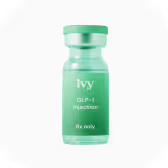





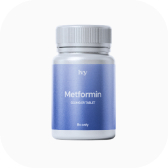

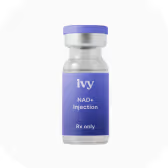



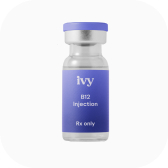
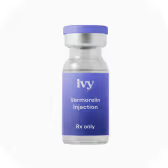
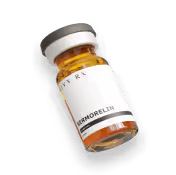
.png)

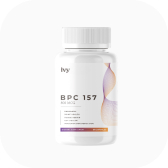

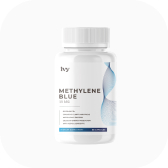


.png)


